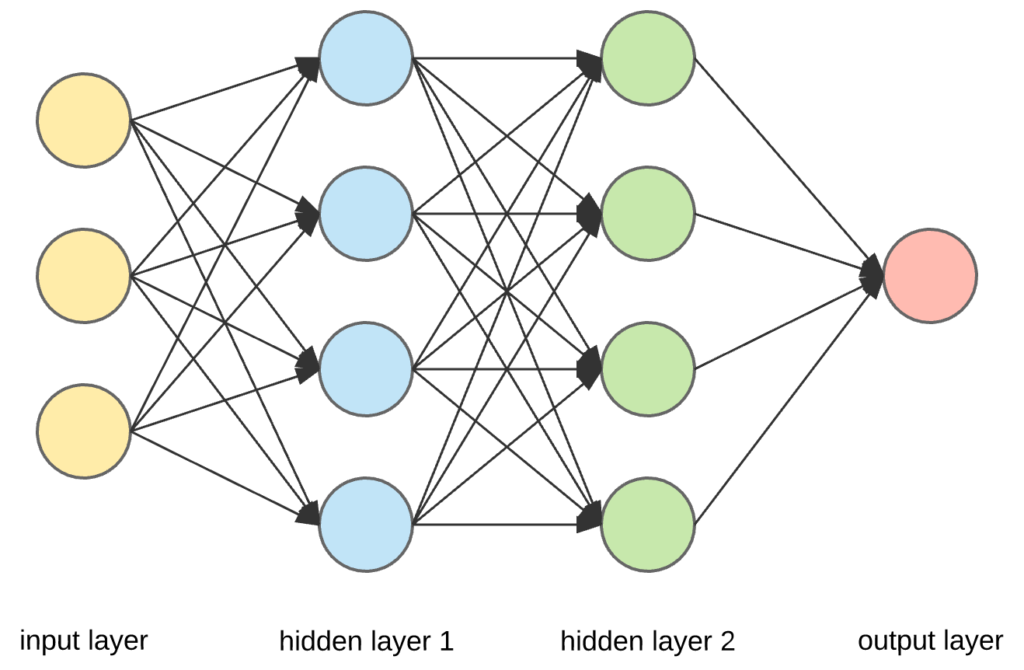If someone asked you to close your eyes and image the face of the person(s) you most loved in the world, could you do that?
Of course you could, and you could see that loved one’s face in your mind with fairly high resolution. The grand question is, How do you do it? How do you create a mental picture of someone’s face in your mind? How are your odd ~ 86 billion neurons generating that thought space and image? What is the image made of? How is the thought space created? How does the mind arise from the networked and synchronous voltage gradients of those neurons?
All grand questions we are increasingly closing in on.

I am a romantic reductionist, inomorphic monist, and on some days lean towards the electromagnetic integration of information (riding on a framework of emergent nonlinear dynamical systems without need for quantum addendums) as the most likely explanation for consciousness. I work at the intersection of artificial intelligence (AI), machine learning, neural and neuromorphic engineering, and computational neuroscience. My ultimate goal is to understand human thought processes and consciousness better. I am particularly interested in the human mind as distinct from the tissue of the brain from a mathematical and physical perspective. I construct artificial neural networks (ANNs) that in many cases mimic the neurobiology of the brain. I also develop algorithms (deep learning, generative pre-trained transformers, custom models using a topological foundation) in the hopes of generating tools that can be of benefit when applied to some of the most pressing problems that humanity faces.
Many people have inquired about Neuralink and similar companies that are pioneering BMI (Brain Machine Interfaces) and BCI (Brain Computer Interfaces), and overall, I consider the technology, like many others, to currently be immature. Placing a fixed set of recording electrodes into the noisy tissue of the cerebral cortex is still a nascent technology that I doubt will remain in its current form because it suffers from a host of problems that have not been fully solved in twenty years, … notably wire shift, data loss, tissue scarring, and immune response. Most in the general public are unaware that current generation neural implants rarely transmit useable data for even one year and in many cases, must be removed. I am more hopeful that untethered neural dust and micrograin technology will eventually become the predecessors to nanograins and then neural nanites in full.
Far more pressing, no neural scientist or neural engineer understands the “code” that the brain is using to store and transmit information. It is not currently understood how the “mind” is created from the tissue of the brain (the ancient mind-body conundrum). When it comes to the method by which stored information in the form of DNA inside a cell’s nucleus becomes actual tissue, bone, hair, fingernails, etc ….. we know that the answer is by way of codons which specify exact amino acids. When it comes to the method by which the mind arises from the tissue of the brain, … no one, … truly, no one, … has any idea. The mind and the brain tissue it emerges from are two very different things. All BMI chips and the like use statistical measures to stochastically average out “intent” without anyone yet understanding how the mind communicates the command, Move thy lips to utter, “Hello” to the tissue of the brain (and the muscles of the throat and lips). One camp of neural engineers believes that eventually, implants will communicate with the brain without the need for understanding how the mind works. This approach can eventually be used to manipulate and stimulate the motor cortex (or the motor neurons in the afflicted limb, etc …) in the same manner a puppeteer moves a marionette. Pull on a certain string and the puppet moves its arm, … excite the proper neuron in the motor cortex and a disabled human will do the same. On a low level, I believe this avenue will ultimately be successful, … but understanding the deep mysteries of what makes us human, … intentionality, creativity, desire, hope, love, etc …. will remain outside our reach until we better understand how the mind works.
For these reasons, I spend much of my time considering the method by which the brain and mind actually speak to each other. Like countless others before me, I work to consider the “neural code,” … and if one is not present, what might be taking its place.
Currently, I am only accepting projects based on prior recommendation from those I have already worked with, but I will be adding some information for interested researchers. I apologize, as I have been a bit slow to update this page, and will try to add to it in the months ahead. Stay tuned and thanks for your patronage!